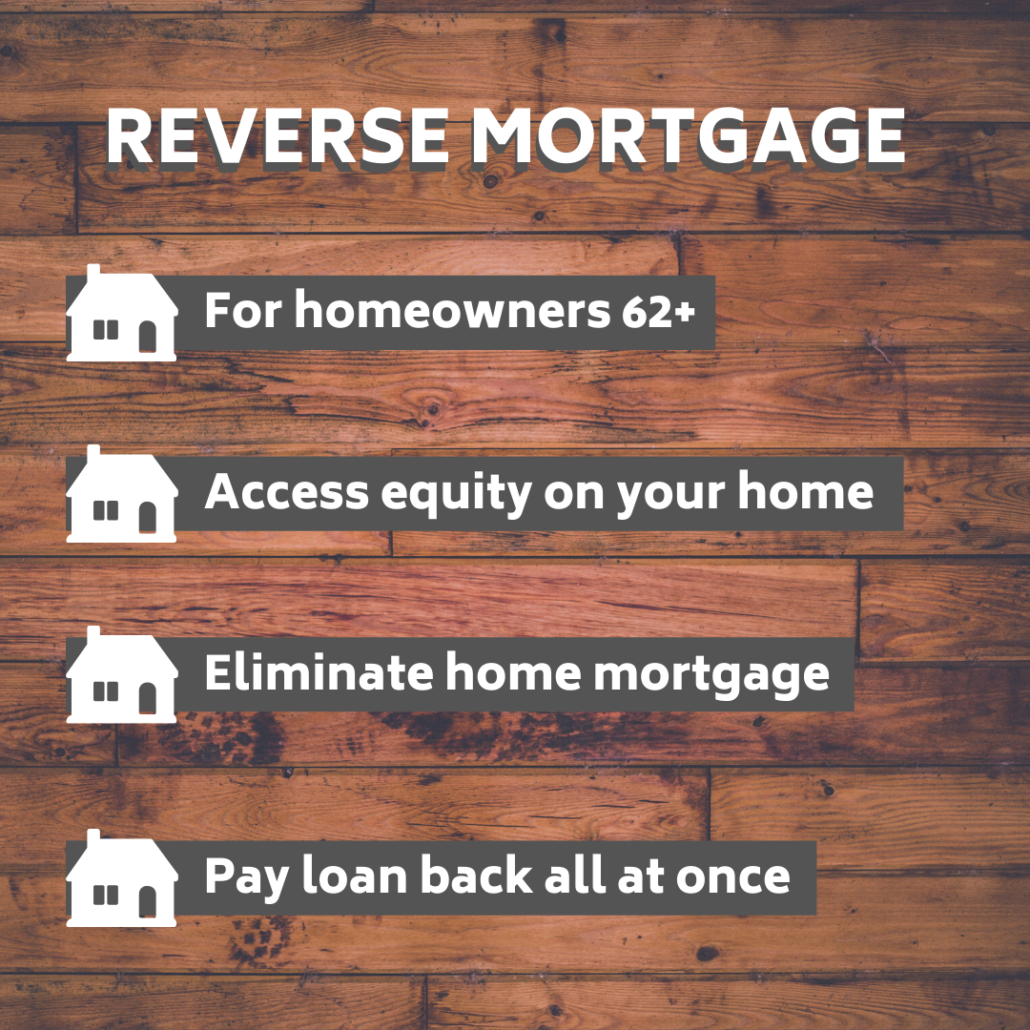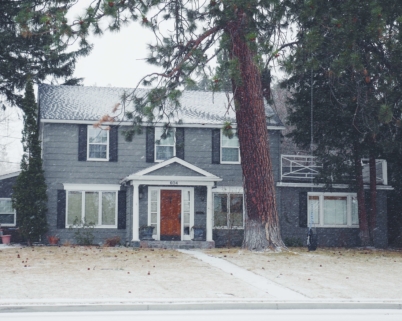What Is a Reverse Mortgage (And Is It a Good Idea)?
Ever heard of a reverse mortgage? It’s a murky term for most folks (even homeowners). Take a look at this lending option (and whether or not it’s a good idea).
What is a reverse mortgage?
In a traditional mortgage, you’ll take a loan from the bank to pay for your house, and will pay the bank back in monthly payments.
A reverse mortgage essentially pays the homeowner by giving access to their home’s equity.

Here are some things to consider:
- Only available for homeowners 62 or older.
- Converts your home’s equity into cash.
- Eliminates existing mortgage — the money remaining on the mortgage is yours to use however you like.
- Instead of making monthly loan payments, the loan’s interest is applied to your reverse mortgage.
- When it’s due, you pay all at once, either by selling your house or paying for it outright.
- A reverse mortgage is due either when a borrower sells their house, passes away, or lives outside their house for a year.
- Your family can keep the home by paying off your loan balance or paying 95% of the home’s value.
Why do people get a reverse mortgage?

The biggest reason people take out a reverse mortgage is to gain capital for retirement purposes. People are staying in their homes longer than ever before and spending more time in retirement as a result. Taking out extra equity from your home can supplement retirement, but not without a cost.
How long does a reverse mortgage last?
Unlike a typical 30-year mortgage, there’s no set term for a reverse mortgage. The mortgage must be repaid when a borrower moves out of their house for a year, sells the house, or passes away. The average time of repayment is 7 years, but again, this varies for every borrower.
What are the risks of a reverse mortgage?

There are quite a few. It might sound great to get a bunch of cash upfront, but paying off the reverse mortgage either requires selling your house or paying for your home’s value all at once years down the road.
Oftentimes, a reverse mortgage hits the borrower’s family members the hardest. When a borrower passes away or the loan is due, their family will need to pay for the loan or deal with selling the house. A reverse mortgage is a bit of a “pay the consequences later” financial decision.
Not to mention, reverse mortgages have unfortunately received an unsavory reputation. For decades, this type of loan preyed on the elderly (an already vulnerable population) by saying this was an easy way to get more money and still live in their home.
Many people bought into this concept without understanding how much they would have to pay back later on. If a sudden health issue forces a homeowner to an assisted living community, the loan will need to be repaid in 12 months — not leaving anything for bills.
Is a reverse mortgage ever a good idea?
The answer is different for every person, but there are a few situations in which it could work. If a homeowner is set on selling their home and there is zero chance they’ll live anywhere but their home until they pass away, they could take advantage of that equity in the meantime.
Is it possible to owe more on a reverse mortgage than what a home is worth?
Only if the reverse mortgage is not federally insured. As long as it’s federally insured, a homeowner never pays more than the value of the home — the FHA covers the difference.
While a reverse mortgage is an option, you might have a better time selling your home and downsizing. If that’s the case, RealtyHive is here to help. Check out our properties for sale and secure your finances without having to take out a reverse mortgage.
- What House to Buy, Based On Your Zodiac Sign - August 28, 2020
- 6 Misunderstood Things About Buying & Selling Houses - August 23, 2020
- 5 Things to Know About 401K Real Estate Investing - August 17, 2020




Leave a Reply
Want to join the discussion?Feel free to contribute!